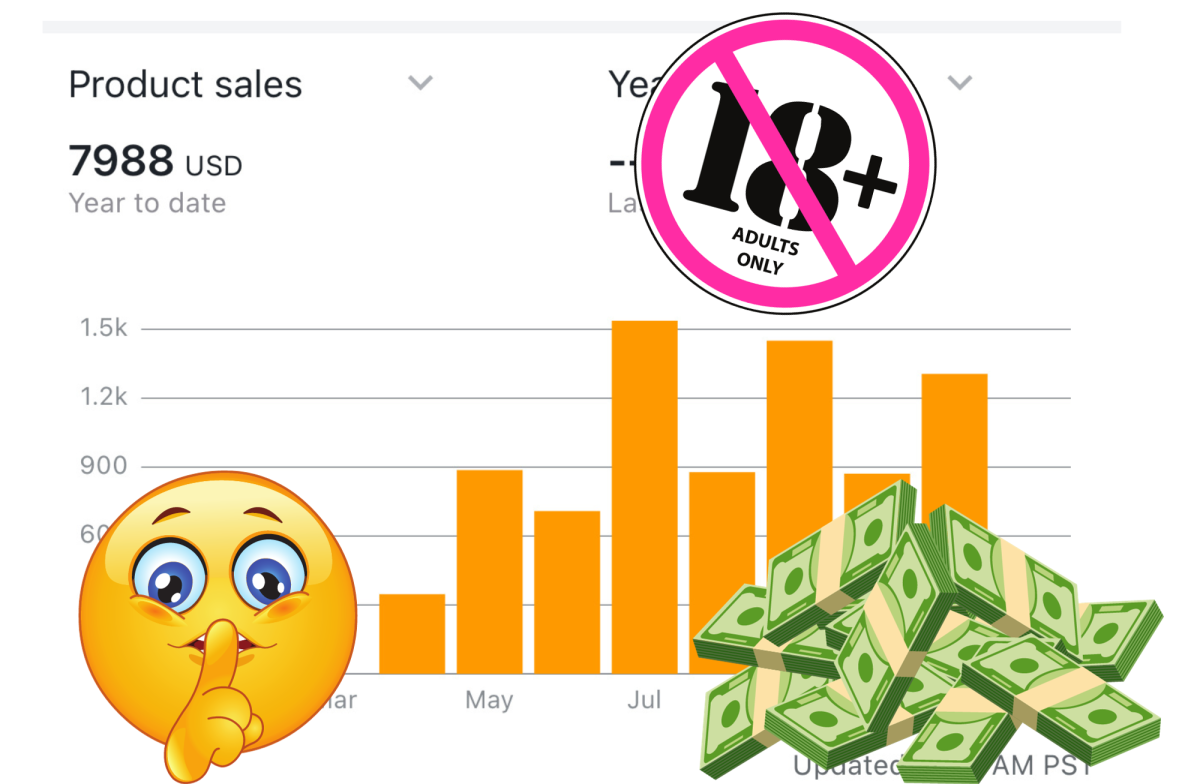Tricks that shops play to make us buy more stuff - Part II.
Tricks all around us
In this hub, you can read the second part of my article, where I show you another 12 tricks that shops play on us to make us buy more stuff in their shops. If you did not yet read Part I., you can do it here.
‘If we went into shops only when we needed to buy something, and if once in there we bought only what we needed, the economy would collapse, boom.' - Paco Underhill, CEO of Envirosell
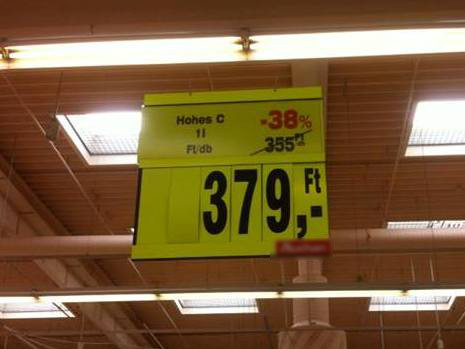

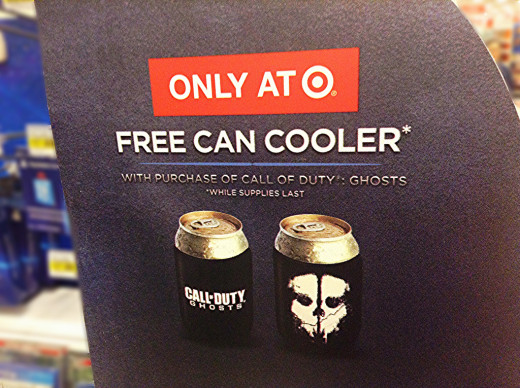
The continued list
13. Almost freebies
By hearing or reading the word ‘FREE’ most customers think they can get an unmissable deal on a certain product. ‘1+1’ often covers an offer, in which the product itself is slightly overpriced during the promotion than usually, but getting one free of it – even if we don’t need it – creates the delusion of a great catch.
14. The free shipping privilege
Free shipping rarely comes without strings attached. You either have to reach a given threshold to qualify for free shipping in a store, or have to pay a certain amount of money for a membership to enjoy one month/ 6 months/ one year of free complimentary shipping.
Additionally, if a customer qualifies for free shipping they often feel the urge to buy more things in the shop to make better use of this unmissable deal.
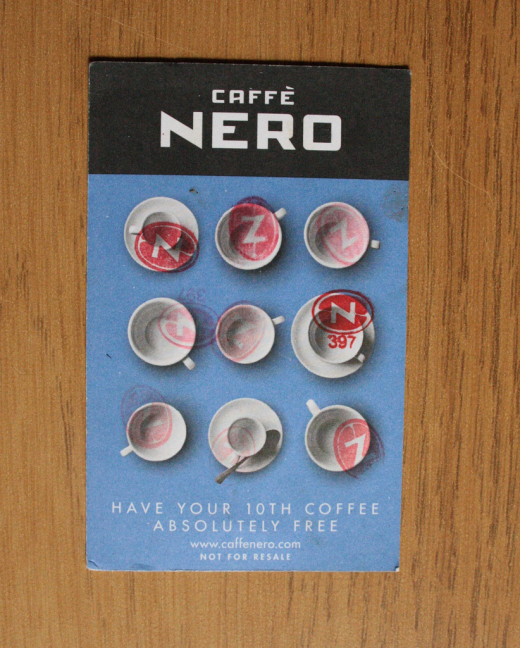
15. Store cards and loyalty cards
Getting a loyalty card gives you the feeling that you are a highly valued customer by a certain retailer. Well, this is indeed the case, as thanks to these cards, you are much more likely to go to the same shop over and over again than stepping into a competitor’s venue and spending a dime there. In the hopes of getting special discounts or a free cup of coffee after the tenth drink in your favourite coffeehouse you will most certainly pop into these venues more times than you normally would, without having the loyalty card.
The same applies for friendly staff. Customers are more likely to go back to places where the staff was friendly and helpful and was open for a little chit-chat than to shops were there were almost no interaction with the staff.
If you would like to know more...

16. Per-customer limits
Per-customer limits are pretty much similar to tricky promotional offers, as thanks to these, customers tend to buy more of the same product even if they would normally only buy one piece – as labels like ‘Limit of 5 per customer’ suggest a great deal of a very scarce product.
17. Valuable samples
Most customers think that sampling stations in the middle of shops are nice things. Well, they can be, but their main purpose is to spike your appetite by taking a small bite and make you crave for more food or drink, forcing you into other unnecessary purchases all in all. Even one more item in your cart makes you spend more.
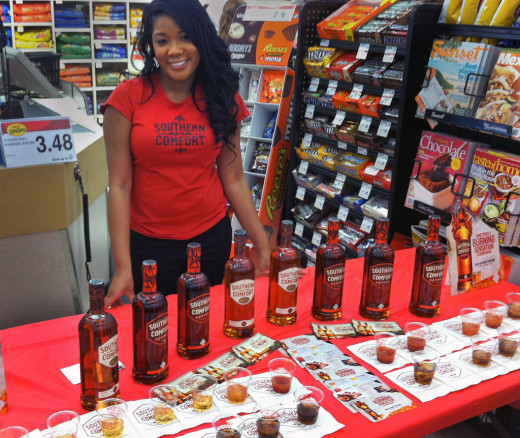
18. Creative packagings
Product packaging can hide tricks, too. Simple product redesign is harmless, but this often means downsizing the packaging as well – meaning you probably pay the same amount of money for less product.
Many years ago the biggest stores started to offer ‘Value’ products for a significantly cheaper price compared to other branded products. For a limited time, these products were very popular and people often chose these products instead of the pricy alternatives. But in the most recent years consumers began to show signs they want not only value, but they also want to feel they are making the right decision by choosing a certain product. For this purpose the above mentioned ‘Value’ items are not good anymore, as their packaging screams of being cheap – and with this, people tend to think it is not a quality product, so they choose something else, even if it is slightly pricier. This is the reason why companies started ‘Brand blurring’, often completely leaving the word ‘Value’ out of the name of their products and changing the package as well, so the difference between a cheap and a mid-range item won’t be as noticeable as before. Now, these products are marketed not as the ‘Value’, but as the ‘Smart’ choice.
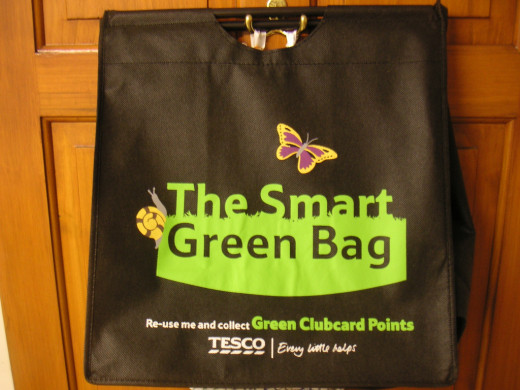
19. Branded bags
Bags featuring a store’s logo can be useful in many ways. They not only provide a nice space for free advertising (the customer walks around everywhere with the bag in their hand), but the company can also emphasize its eco-friendliness and environmental consciousness by providing reusable, sometimes even biodegradable plastic bags.
Interested in more details?

20. Cheap luxury
Pricy products are often placed next to products that are even more expensive. Seeing these close to each other we subconsciously think that we will make a nice deal by buying the cheaper item, even if on the other side of the store there are tons of the same type of product offered at a reasonable price. What we can’t see, doesn’t exist. This is called the ‘compromise price effect’.
Similarly to this, in case you decide to buy an expensive item, then you are more likely to buy the accessories for it, just because they seem relatively cheap compared to the main product you have bought.
21. (Never) Closing down
Closing down sales are often the biggest scams in the life of retail businesses. There are several shops all over the world that start ‘Close down sales’ with huge signs like ‘Must go by x.x’ or ‘Everything must go’. In fact, these are rarely real ‘swan songs’, but attempts to entice more customers into the store hoping to make a good deal by pumping this fake sense of urgency into the people’s head.

A guide for retailers - or someone who wants to know more
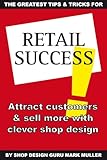
22. Golden coupons
The main role of coupons is very similar to the one of loyalty cards. By picking up a coupon for a particular product offering a certain amount of % off you are basically making yourself obliged to buy the same item within the coupon’s expiry date, no matter if you really need that product or not. In this way you are not only loyal to the brand, but you make an unnecessary purchase, so generate income for the producer and for the store as well.
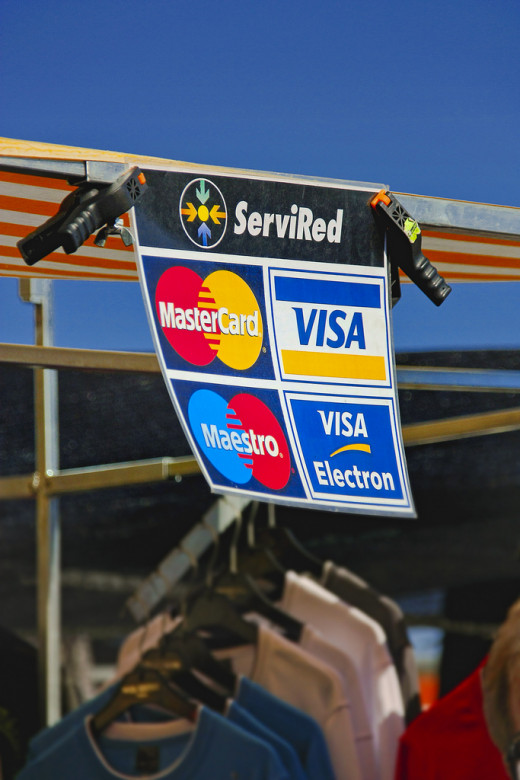
23. Accepting credit cards
A store accepting cash only is limiting their customers to the money they have on hand, and with this the store is also limiting its own sales, as people are not able to spend more than they planned.
Meanwhile, a store accepting credit cards limits nothing – only the sky is the limit for the customer (or their bank, of course). Many studies have shown that customers indeed tend to spend more money when they are not limited by the cash on their hands.
Public announcement
All dividers used in this hub were created by me (zsobig), using Printmaster.
24. Until ‘No’ parts us
Finally, the last trick I would like to mention is the one that mainly fast food restaurants play on us. 9 out of 10 times when you order a sandwich the nice staff asks you whether you would like to ‘Have fries with that’, or not. If you do, the next question is going to be : ‘Would you like any drinks as well?’. After these, it is a safe bet that the next thing they are going to inquiry about is to ‘Go large’ or not. And this goes on and on, until you say ‘No’ for one of their questions.
Retailers tend to try to make you upgrade on their products as long as they see the willingness in you to spend more in their store.
Of course, the same applies for most of the other stores as well, but in a different form. For example let’s see a shop selling printers. At the checkout the staff will most certainly ask you whether you want an extra ink cartridge, a pack of paper, or extra, extended warranty for the product. This is called ‘Product bundling’.

Share your ideas!
Please feel free to comment on this hub, your feedback is very much appreciated!
Or, if you feel that you can write fresh, new ideas about this or a similar topic, just join our community and start writing!
© Copyright 2014, Zsofia Koszegi-Nagy (zsobig)

My other Marketing-related works on HubPages:
- The STEEP Analysis – What to analyse in the marketing environment
STEEP analysis is a very important method used in marketing to analyse the macro-economy of the company. In this article, you can find out what does it mean and how can you analyse the environment to become more successful in the future and take adva - Marketing all around us - The five levels of the product
Everything around us is related to marketing somewhow; in this article you can find out more about one of the most important topics in marketing: the 5 levels of the product. With a figure and examples! - Guerrilla marketing in general and tips on How to build a successful viral marketing campaign
Guerrilla marketing usually means an uncommon and new way of promoting a product or a brand. Its most important types: astroturfing, ambient media, word-of-mouth marketing and viral marketing. - CPM and its meaning in online advertising
CPM is a very important expression in online marketing, as with the help of this, companies can calculate their advertisement costs for each ad. Keep on reading to find out more about CPM and how can you calculate it! - Click Through Rate (CTR) Advertising Tips
This hub is an answer for a question found in the 'unanswered' section that asks: What does CTR mean exactly? What's a good CTR number? I hope this hub will answer all the questions about CTR. Take your time!
© 2014 Sophie

